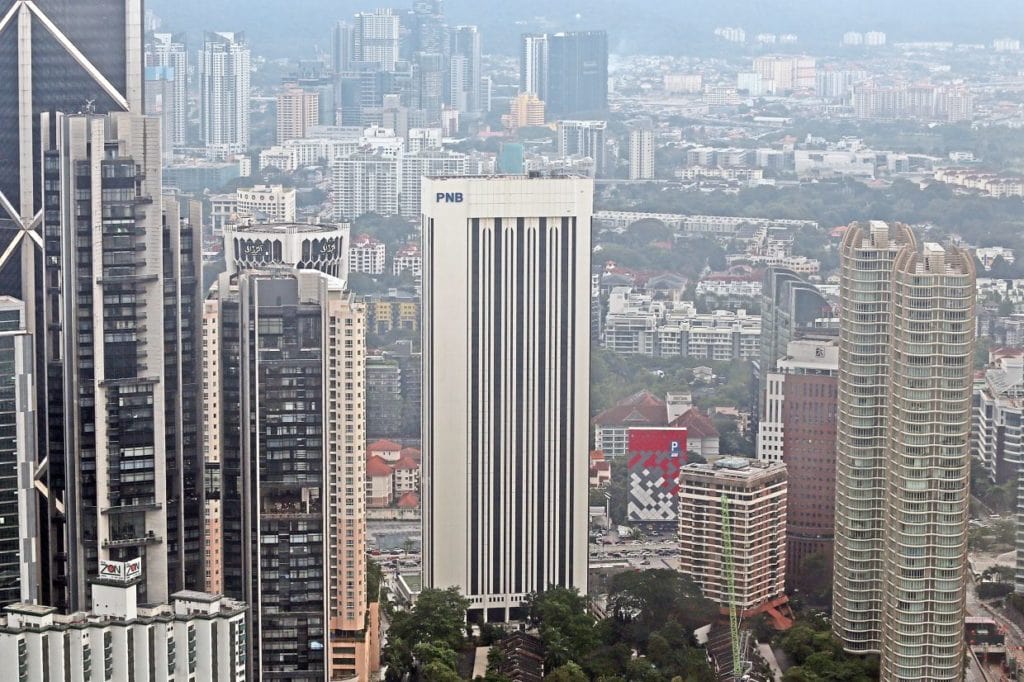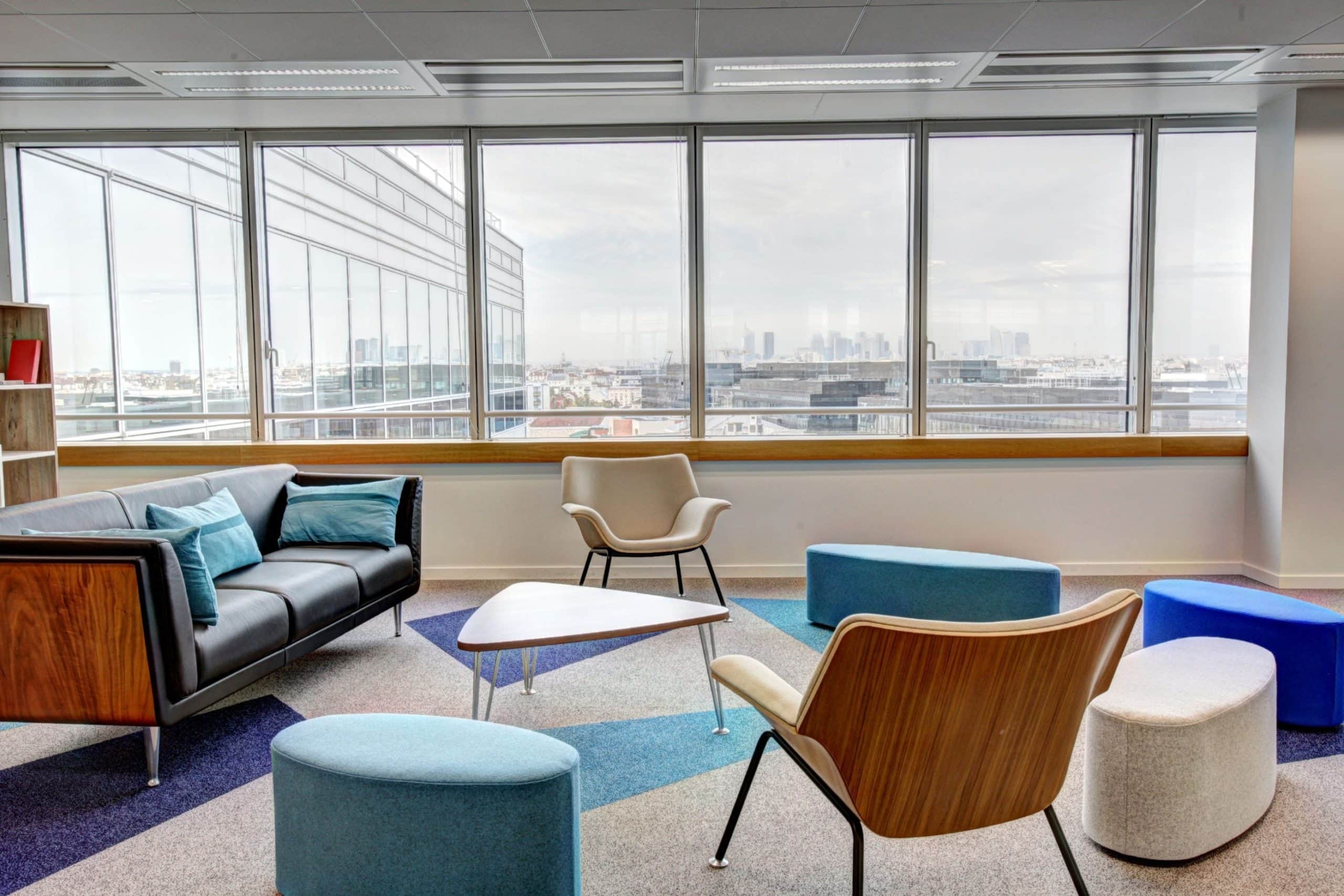
THE topic of government-linked investment companies (GLICs) often illicit strong response from the public.
The sceptism is understandable given the veil of secrecy most GLICs operate within, and the lingering question what and how these institutions carry out their duties.
My experience in helming a GLIC unveiled certain structural challenges, which I have simplified as the 4Ds.
Definition
1. Understanding what is a fund’s objective is the first thing any leadership must ascertain. For Permodalan Nasional Bhd (PNB), the aim is to enhance wealth of unitholders. In simple terms, this meant the fund had to make good returns, which will be distributed by way of dividends to unitholders. In order to do this, the portfolio must be well constructed to generate consistent returns and have robust risk management in place.
2. GLICs often have problem determining what is their social obligation versus commercial commitment. These two are often blurred, resulting in poor investment decisions made. I was very clear that PNB’s social obligation will be confined to two areas; education & healthcare. These two areas have the biggest multiplier effect on society. By sharpening the focus here, it avoided the pitfall of being involved in anything and everything. Funds need to be commercial, in order to be social.
3. As shareholders, GLICs must make clear to every investee company, that capital is not free. Every investment must be evaluated thoroughly and recipients must be the one with the best investment thesis, not the because their fund has a lot of money. This behaviour in companies encourages non-accountability, because there is no penalty for poor management.
4. GLICs need to communicate with the public, their main stakeholders. Having a good visible presence in the traditional and social media is key. If you don’t tell your story, somebody else will for you. When you’re not in control of your own narrative, this leads to poor public perception. You want to be pro-active, not re-active.
Diversification
1. GLIC must have sharp strategic focus. What are they good at? What are the skill gaps? What’s the GLIC’s investment philosophy? The biggest mistake large funds make, even globally, is assuming they can and should do everything, leading to poor execution, but longer term, saddled with many legacy issues.
2. Asset allocation strategy must be established, to determine the optimum percentage of how much the fund should be holding in countries and asset classes. That is the starting point towards building a sustainable portfolio, with disciplines on when to increase and divest.
3. GLICs that have obligation to pay out annual returns, must have a portion of their investments in fixed income & dividend yielding stocks, to ensure there is a base recurring income. The more recurring income locked in, the funds’ returns become more sustainable. Aim here is to have a safety net when markets turn soft, not have knee jerk reaction when returns are lower.
Delivery
1. Speed of execution is key, in most GLICs bureaucracy slows this down. People are the difference between failure & success. The most difficult part is identifying that skill gap, and filling it with competent individuals. Reshuffling the organisation is necessary. This will upset many, but required to allocate resources towards the right area.
2. Approval process needs to be studied and relooked. The multiple layer of approvals; management, executive committee, investment panel & Board often duplicate each other, rather than providing that check & balance. The separation between what is operational and what is strategic is necessary. Board must spend more time understanding asset allocation & risk, and what can go wrong, rather than approve stocks to be on the firm’s buy list.
Divestment
1. Why are GLICs holding controlling stakes in companies? What value are they providing? Holdings strategic stakes in companies forever is akin to ‘dead capital’ – value that cannot be monetised because of this ‘need’ to hold on to stakes. I had envisaged over 10 years that GLICs should cease to be controlling shareholders, and become portfolio investors. This would allow funds greater flexibility in monetising assets.
2. The 10-year runway was to give time to restructure companies, instill good practices, and good performance, all of which should lead to share price accretion, and then divest at higher price. Sharing the burden of shareholding across many investors forces companies to adapt, become institutionalised, and most importantly de-risk itself politically. People come and go, but institutions must remain.
3. There are assets of national interest such as electricity grids, airports, expressways; that the state would be reluctant to divest. This is why Khazanah Nasional Bhd was created, and why most of these nationally important sectors remain under their care till today. All other GLICs should not get confused with this duty, and instead should focus on maximising returns in the best way possible.
Jalil Rasheed is the former chief executive officer of PNB. Views expressed here are his own.
The article was first published here.
Photo by yann maignan on Unsplash

 5.0
5.0 





















